Produktnews / Test: Mit dem Bosch E-Bike ABS Gen 2 soll der Bremsassistent künftig auch am E-Bike salonfähig werden – mit deutlich verbesserter Optik und verschiedenen Modi für unterschiedliche Einsatzbereiche, von Cargo bis Trail. Wir konnten das System bereits testen.
ABS am E-Bike ist für sich genommen nun keine echte Neuerung. Schon vor einigen Jahren hatte Bosch sein erstes System vorgestellt, auch andere Hersteller wie beispielsweise die Italiener von Blubrake haben vergleichbare Systeme auf dem Markt. So richtig durchsetzen konnte sich die Technik jedoch bislang nicht. Nur wenige E-Bikes waren überhaupt damit erhältlich und im Falle des Bosch E-Bike ABS spielte sicher auch die nicht so wirklich elegante Optik eine Rolle. So war es in der jüngeren Vergangenheit still geworden um das Thema – bis heute. Mit dem Bosch E-Bike ABS Gen 2 könnte das Bremsassistenzsystem nun auch am E-Bike die Bedeutung bekommen, die es am PKW oder am Motorrad seit Jahrzehnten besitzt. Dafür hat Bosch nicht nur an der Optik gefeilt, sondern auch den Einsatzbereich des ABS deutlich vergrößert – vom Cargobike bis zum sportlichen E-MTB.
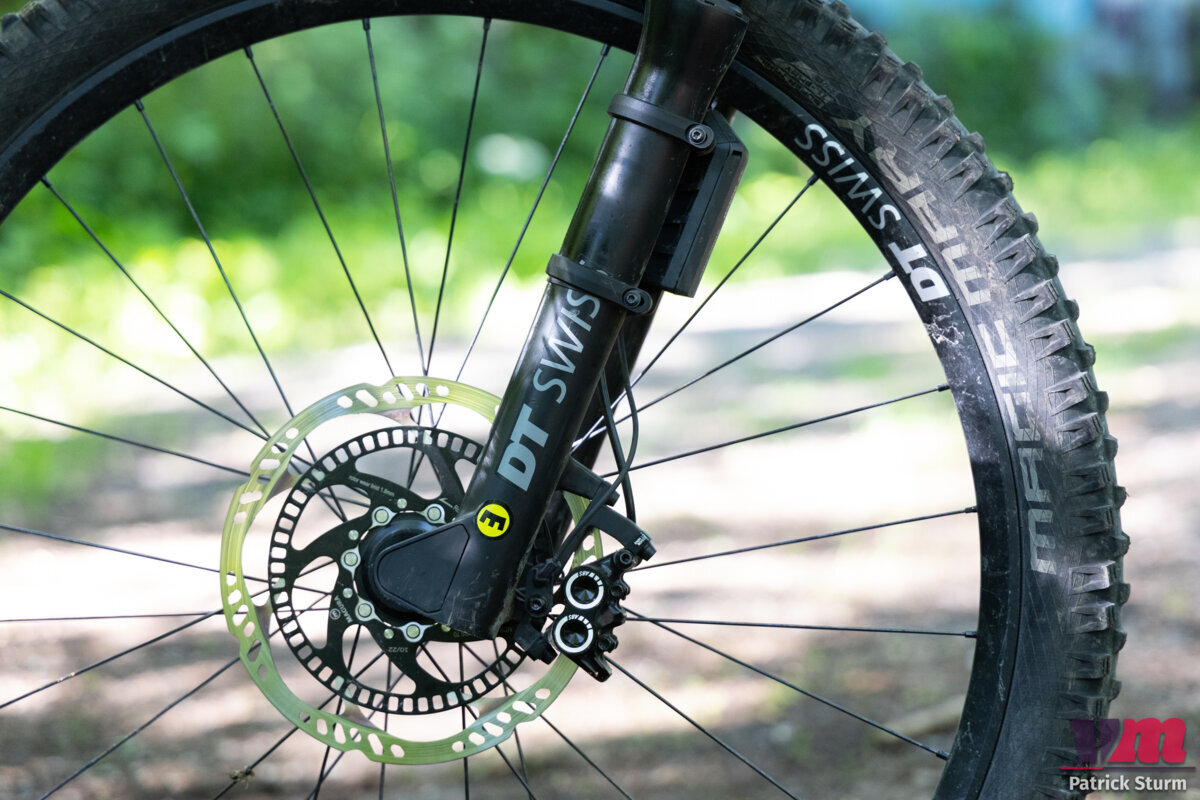
Bosch E-Bike ABS Gen 2: Geschrumpfte Abmessungen, bekannte Funktionsweise
Mit dem neuen ABS erweitert Bosch nun auch sein im Vorjahr vorgestelltes Smart System, das eine zwingende Voraussetzung ist. An älteren Bosch E-Bikes lässt sich das ABS Gen 2 nicht verbauen – eine Nachrüstung ist ohnehin nicht möglich. Wer also ein E-Bike mit dem neuen ABS möchte, muss dieses auch direkt so kaufen.
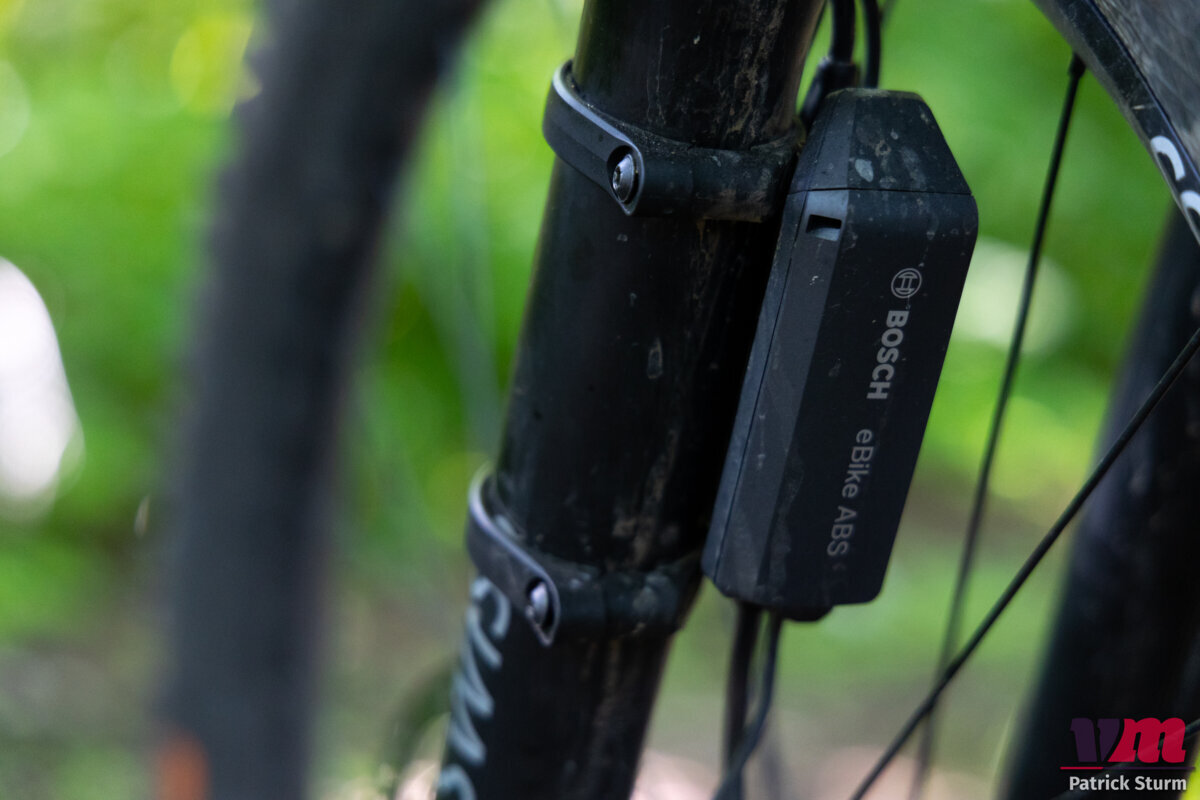
Im direkten Vergleich zum Vorgänger fallen direkt die deutlich geschrumpften Abmessungen auf. Der voluminöse Kasten unter dem Vorbau mit all seinen Kabeln und Leitungen ist nun zum Glück Geschichte; das neue Bosch E-Bike ABS ist nun in einem vielfach kleineren Gehäuse verstaut, das sich schlank an der Gabel befestigen lässt. Nein, unsichtbar ist es immer noch nicht – aber dennoch deutlich weniger auffällig als sein Vorgänger. Neben der Befestigung der Kontrolleinheit per Klemmschelle wird es in Zukunft auch Direct Mount Lösungen der Gabelhersteller geben, die bereits an angepassten Castings arbeiten.
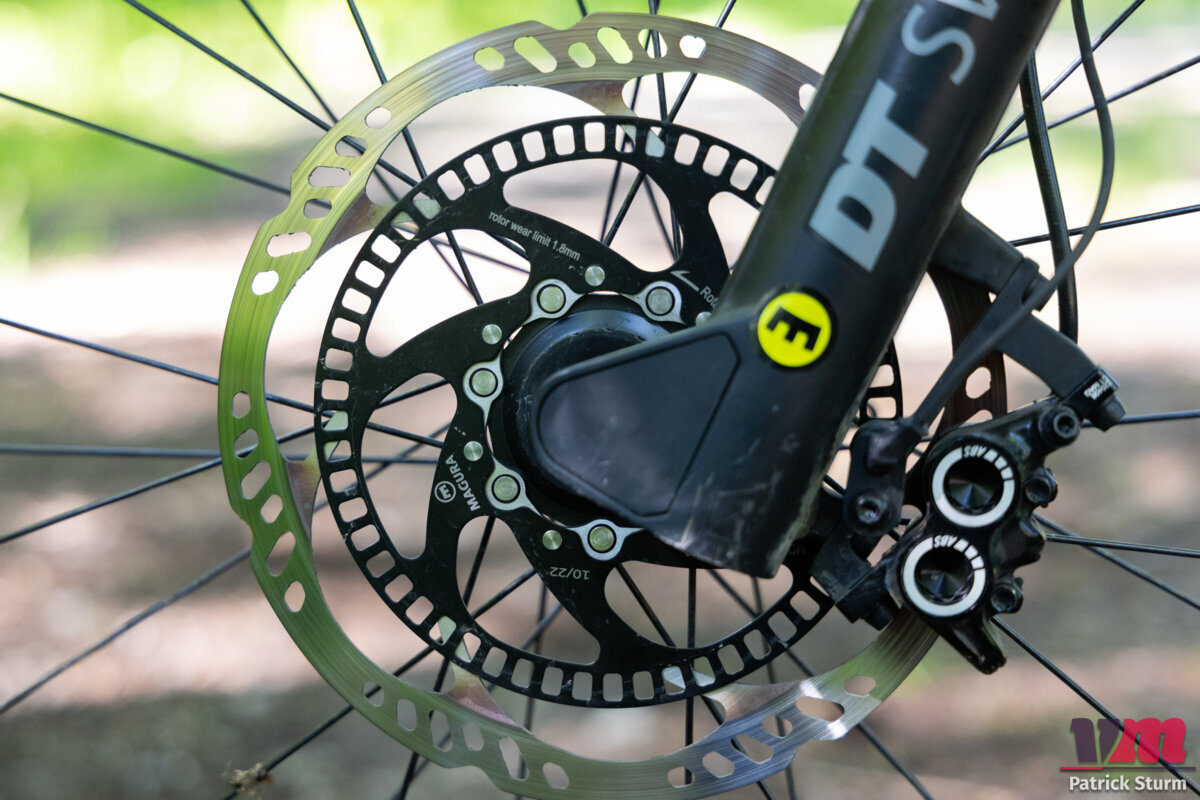
So groß der Unterschied bei der Optik auch ist, die grundsätzliche Funktionsweise des ABS hat sich nicht verändert. An den Bremsscheiben vorn und hinten sind weiterhin zusätzliche Lochscheiben mit 50 Löchern befestigt. Ein neben dem Bremssattel sitzender Sensor kann so in Echtzeit auslesen, wie schnell sich Vorder- und Hinterrad bewegen. In Kombination mit den weiteren Sensoren aus dem Bosch Antrieb verschafft sich das „Gehirn“ des ABS so einen Überblick, was gerade passiert: Wie schnell bewegt sich das E-Bike? Drehen sich die beiden Räder gleich schnell? Hebt sich das Hinterrad vom Boden ab? Abhängig davon greift es dann ausschließlich an der Vorderradbremse ein und reguliert (bzw. reduziert) den Bremsdruck.
Bremsen von Magura
So lassen sich ganz klassische Sturz-Szenarien entschärfen wie beispielsweise ein rutschendes Vorderrad, das fast immer zu einem sicheren Sturz führt. Bei der Entwicklung des Systems konnte Bosch auch auf die lange Erfahrung mit ABS Systemen von Motorrädern zurückgreifen; wenig überraschend, dass man sich als Bremsen-Partner Magura mit ins Boot geholt hat, die ebenfalls über große Expertise aus dem Automotive Bereich verfügen. So wird das Bosch E-Bike ABS Gen 2 auch ausschließlich mit (speziellen) Bremsen des deutschen Herstellers erhältlich sein. Welche das genau sein werden, wissen wir derzeit noch nicht – die an unseren Testrädern verbaute Anlage setzte jedoch auf Magura MT5 Bremssättel und neue Geber, die an die bekannten ABS-Hebel erinnerten.
Vier ABS Modi: Von Cargo bis Trail
Doch auch wenn die Funktionsweise gleich bleibt, bedeutet das nicht, dass sich die Funktion selbst nicht gravierend verändert im Gegensatz zum Vorgänger. Denn die Daten sind vereinfacht gesagt gleich, doch was das System damit macht, ist anders: Das neue Bosch E-Bike ABS Gen 2 wird insgesamt vier unterschiedliche Modi haben: Cargo, Touring, Allroad und Trail. Welches E-Bike mit welchen Modi ausgestattet wird, obliegt hierbei dem jeweiligen Fahrradhersteller. Auch mehrere Modi sind möglich und können am Rad oder über die App gewechselt werden. Natürlich lässt sich das ABS so auch komplett deaktivieren. Danach signalisiert eine orange-farbene LED an der LED Remote und ein ABS-Logo auf dem Kiox 300 Display, dass der Bremsassistent deaktiviert ist.
Abhängig vom gewählten ABS Modus interpretiert das System die von den Sensoren erhaltenen Daten anders und reagiert auch unterschiedlich. So ist es beispielsweise problemlos möglich, im Trail-Modus das Hinterrad vom Untergrund zu lösen, um beispielsweise das Rad in einer Spitzkehre zu versetzen – in den anderen Modi würde das ABS weit stärker eingreifen, um zu verhindern, dass sich der Hinterreifen auch nur um einen Zentimeter vom Boden löst.
Erste Praxiseindrücke vom Bosch E-Bike ABS im Trail-Modus
Im Vorfeld hatten wir schon die Gelegenheit, das neue Bosch E-Bike ABS zu testen. Auf den entsprechenden E-MTBs waren die beiden Modi Allroad und Trail aufgespielt, wobei unser Fokus klar auf dem neuen Trail-Modus lag. Darauf ist Bosch besonders stolz und der entsprechende Algorithmus wurde über einen langen Zeitraum mit zahlreichen Athleten zusammen entwickelt. Skeptisch waren wir anfangs dennoch: ABS an einem sportlichen E-MTB? Irgendwie wollten wir nicht so recht glauben, dass das funktionieren kann. Ist man flott auf dem Trail unterwegs, möchte man ja eigentlich nicht die Kontrolle über das Bremsverhalten abgeben, oder? Genau diese Vorurteile möchte Bosch ausräumen und nach einigen Testrunden können wir auch bestätigen: Auch wenn das ABS in gewissen Situationen spürbar eingreift, fühlt es sich nie so an, als hätte man nicht die volle Kontrolle über das eigene Bremsverhalten.
Das ABS soll sich im Trail Modus immer komplett im Hintergrund halten und nur in Grenzfällen eingreifen, beispielsweise dann, wenn das Vorderrad blockiert. Im Gegensatz zum Allroad Modus „wartet“ das System jedoch wirklich bis zum allerletzten Moment, um hier einzugreifen. Das führte bei den ersten Testbremsungen zu einigen Schreckmomenten, da es sich für einen kurzen (gefühlt: sehr langen!) Moment so anfühlt, als würde das ABS gar nicht eingreifen, um dann im wirklich letzten Moment doch den Bremsdruck zu reduzieren. Ähnliches gilt eben auch für das Szenario des Überschlags: Im Trailmodus lässt sich das Hinterrad problemlos vom Boden bekommen: Vorderradbremse ziehen, kurzer Impuls und man kann das Hinterrad versetzen. Erst wenn ein Überschlag droht, reduziert das System den Druck ein wenig, um das Heck wieder abzusenken.
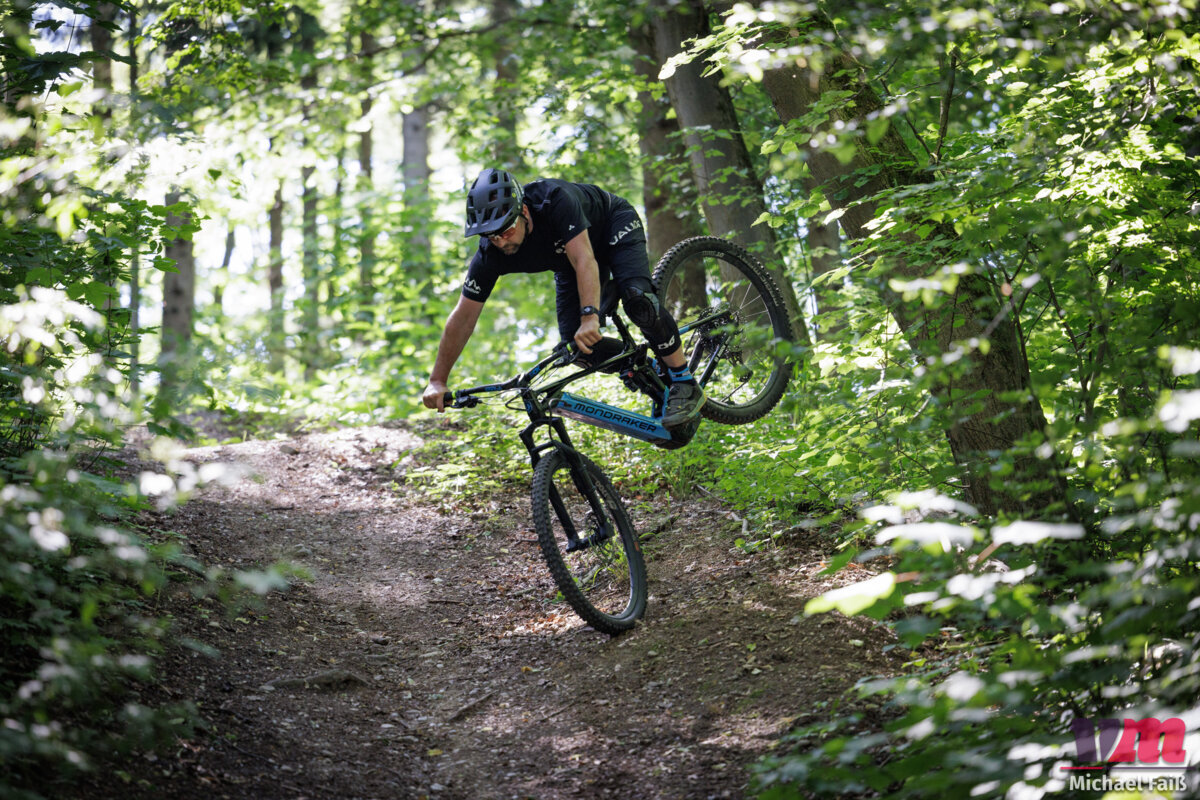
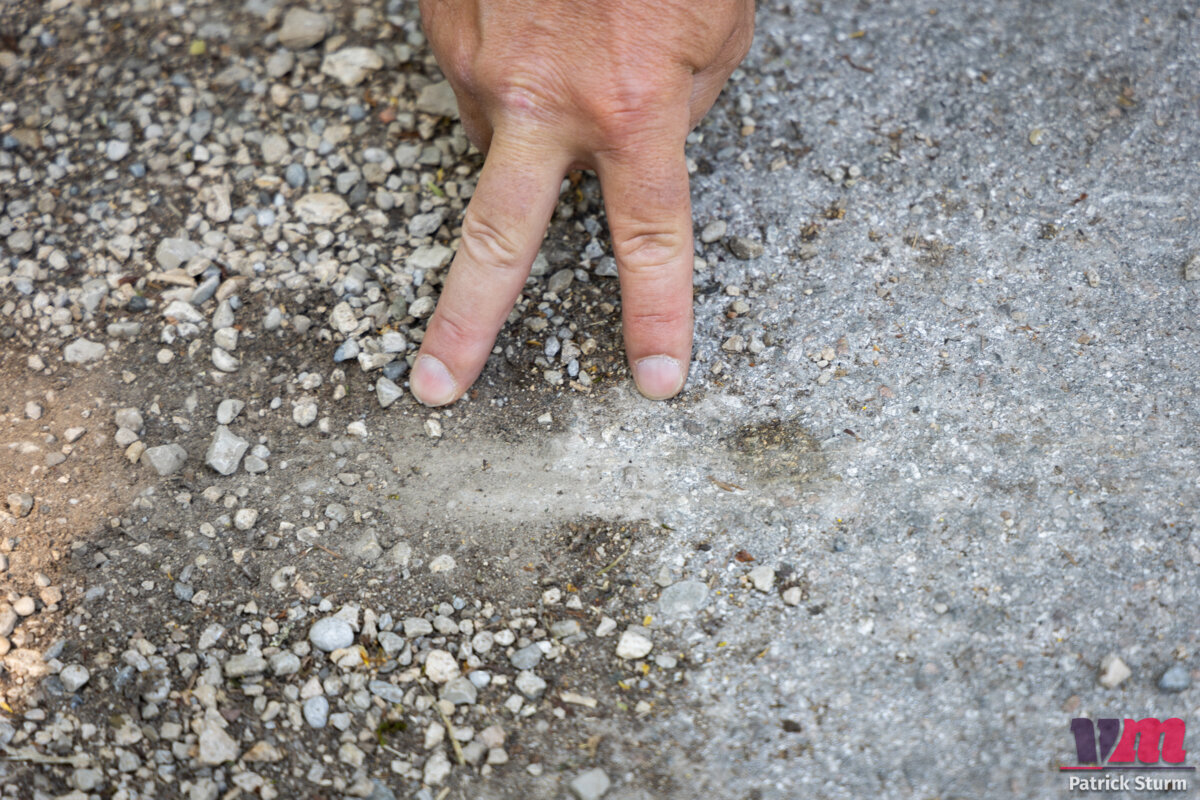
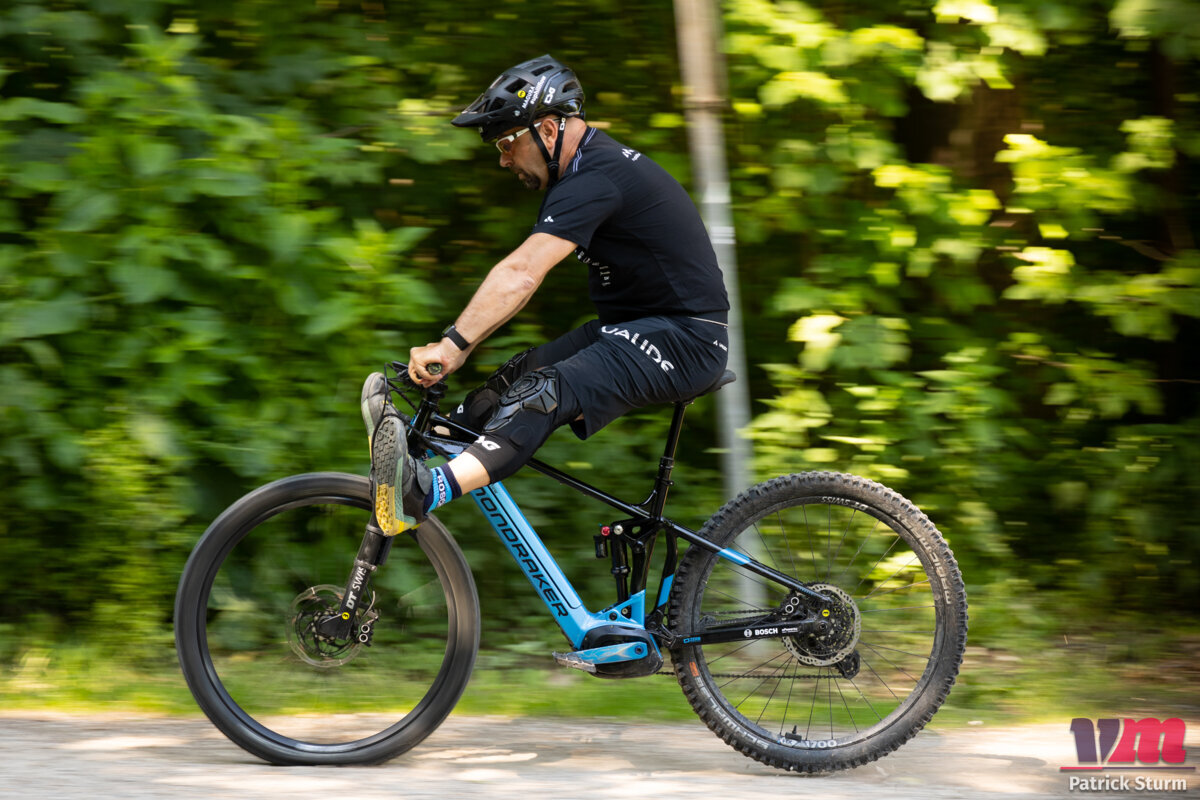
So wirklich spürbar ist das ABS in diesem Modus dann auch nur, wenn man diese Situationen provoziert. Fährt man so wie gewohnt, dürften die wenigsten Fahrer einen Unterschied bemerken. Bike-Bergsteiger oder extrem schnelle Fahrer, die jeden Bremspunkt auf ihren Lieblingsstrecken kennen, dürften das wohl anders sehen, aber für den überwiegenden Teil der E-Mountainbiker sehen wir hier einen großen Sicherheits-Gewinn auf dem Trail.

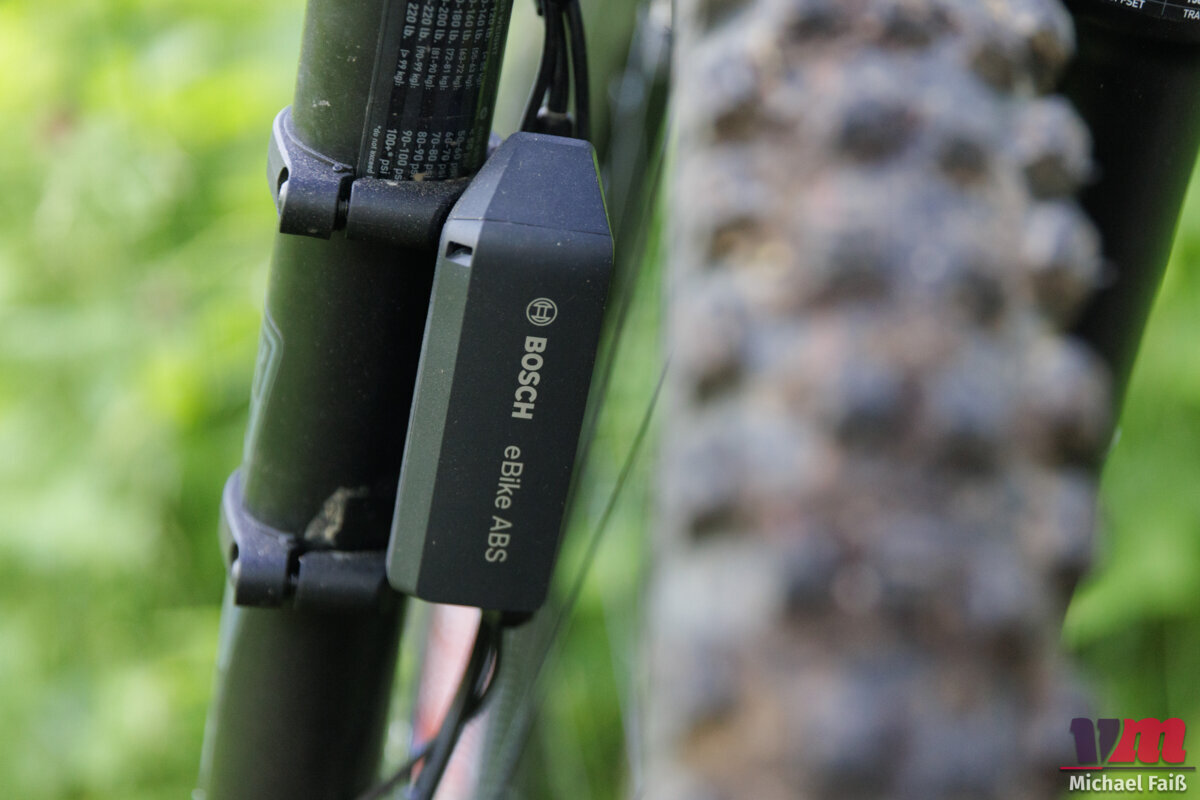
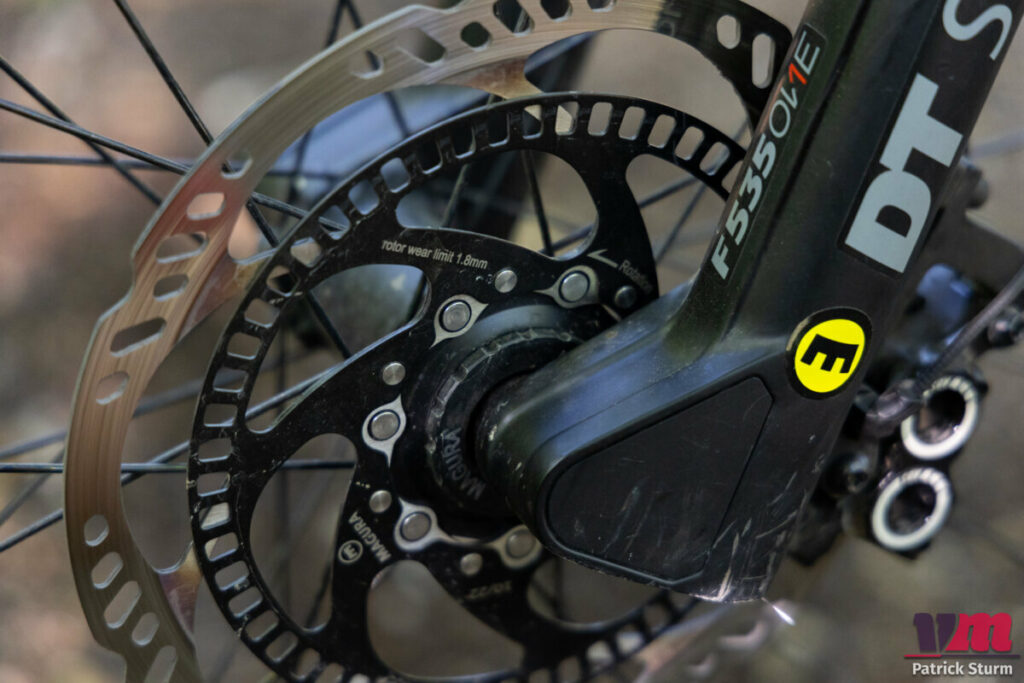
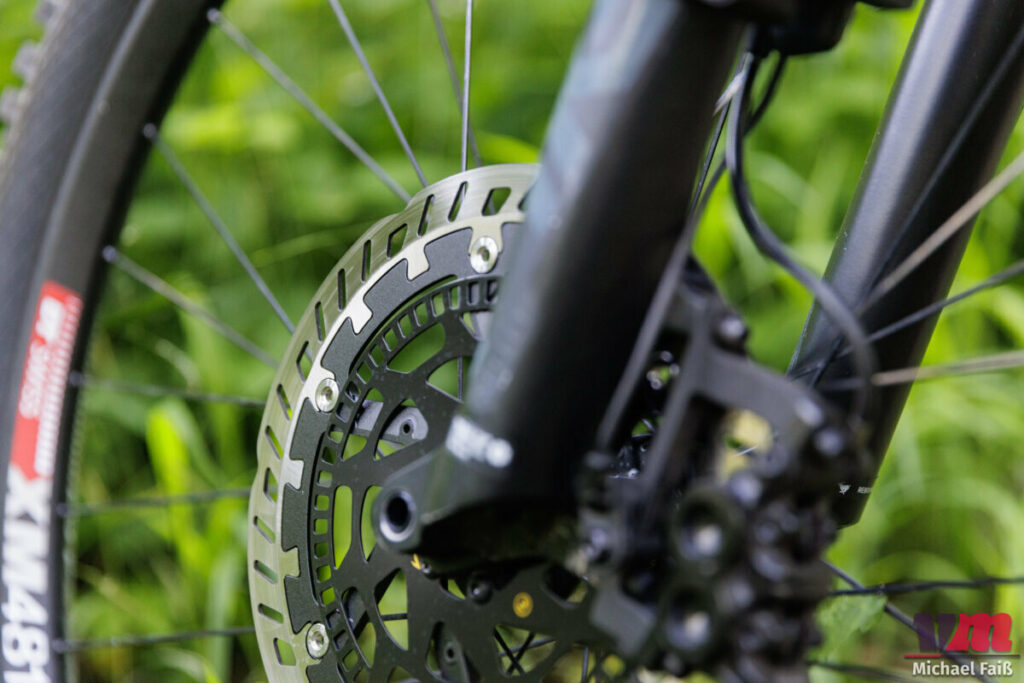
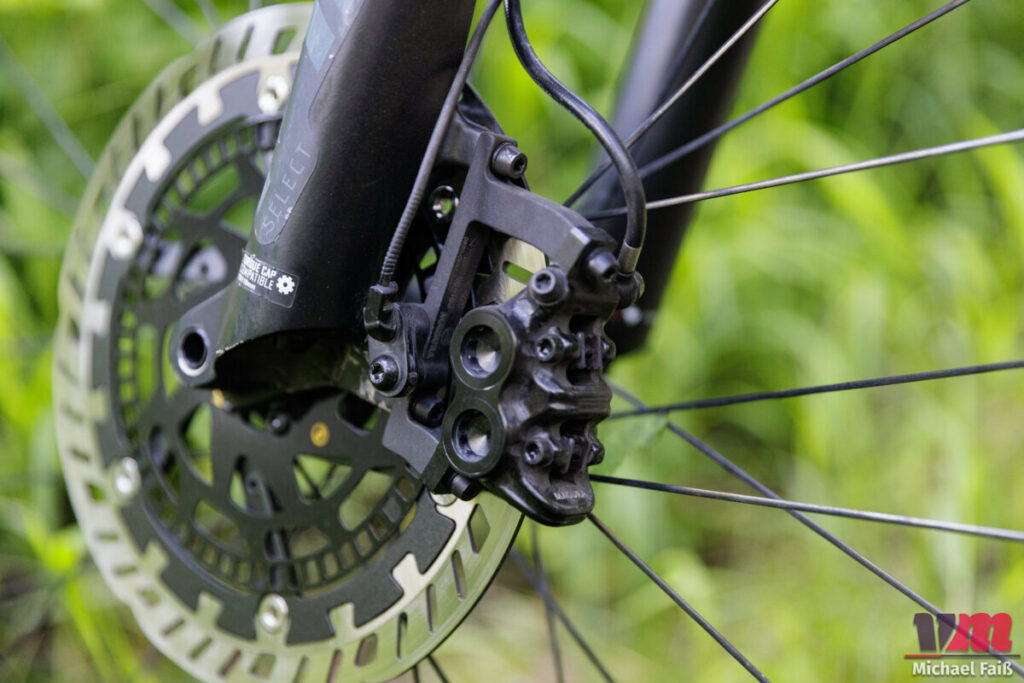
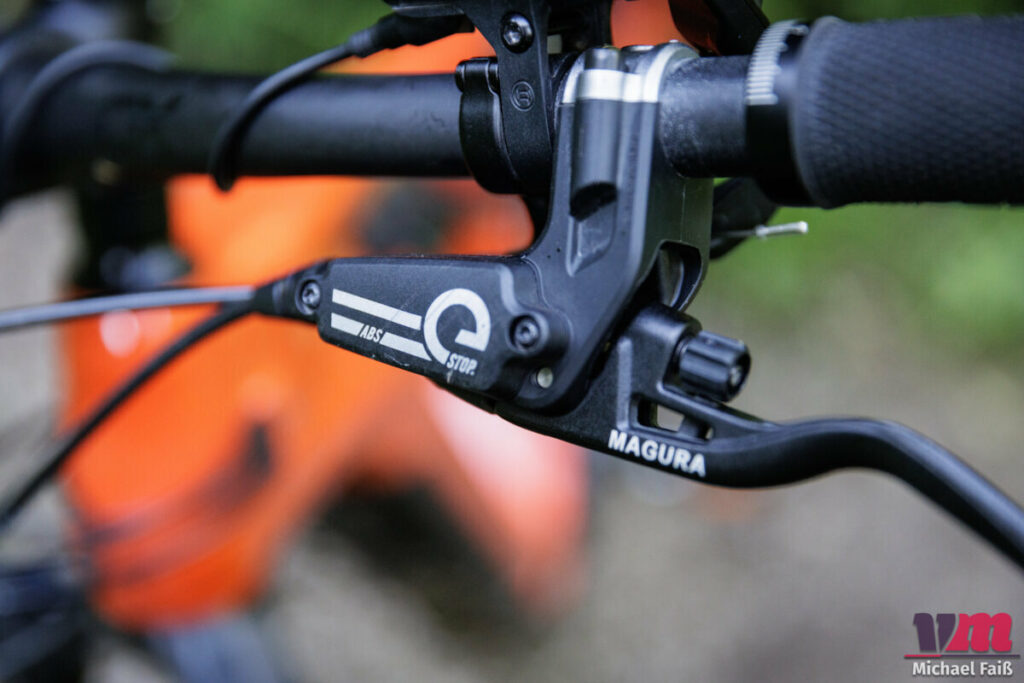
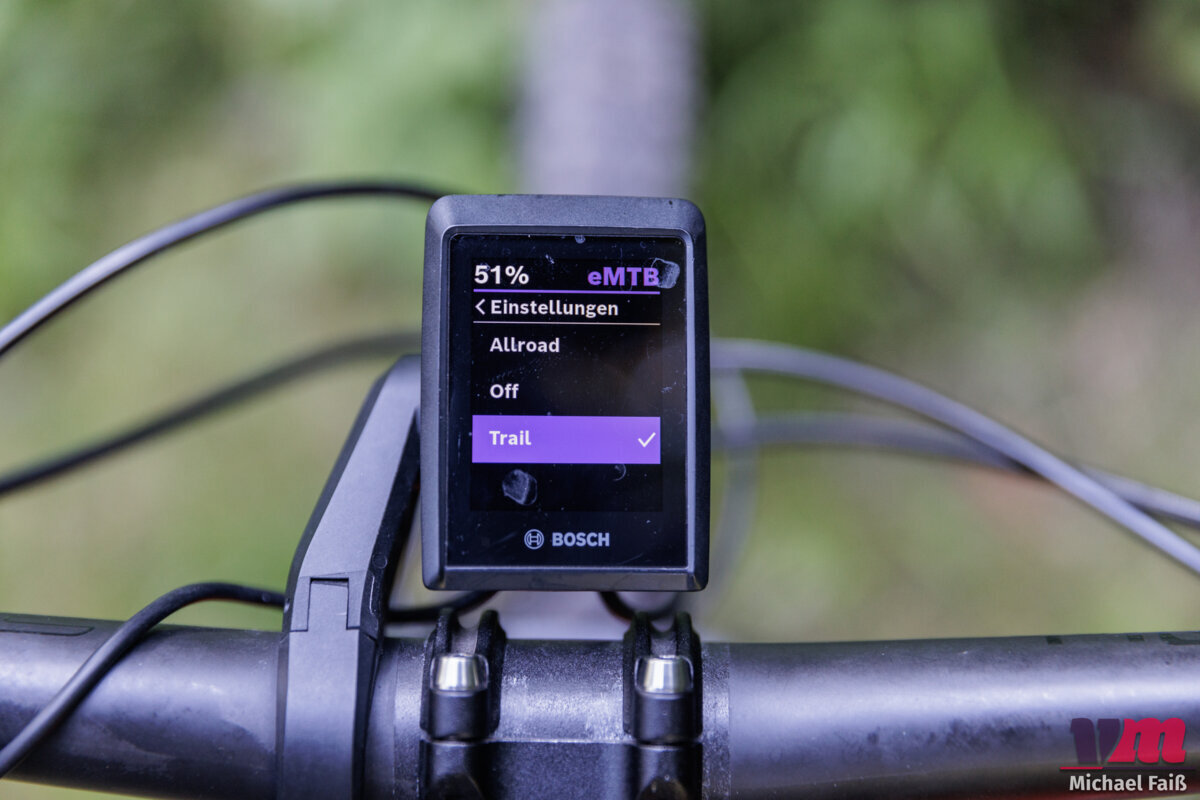
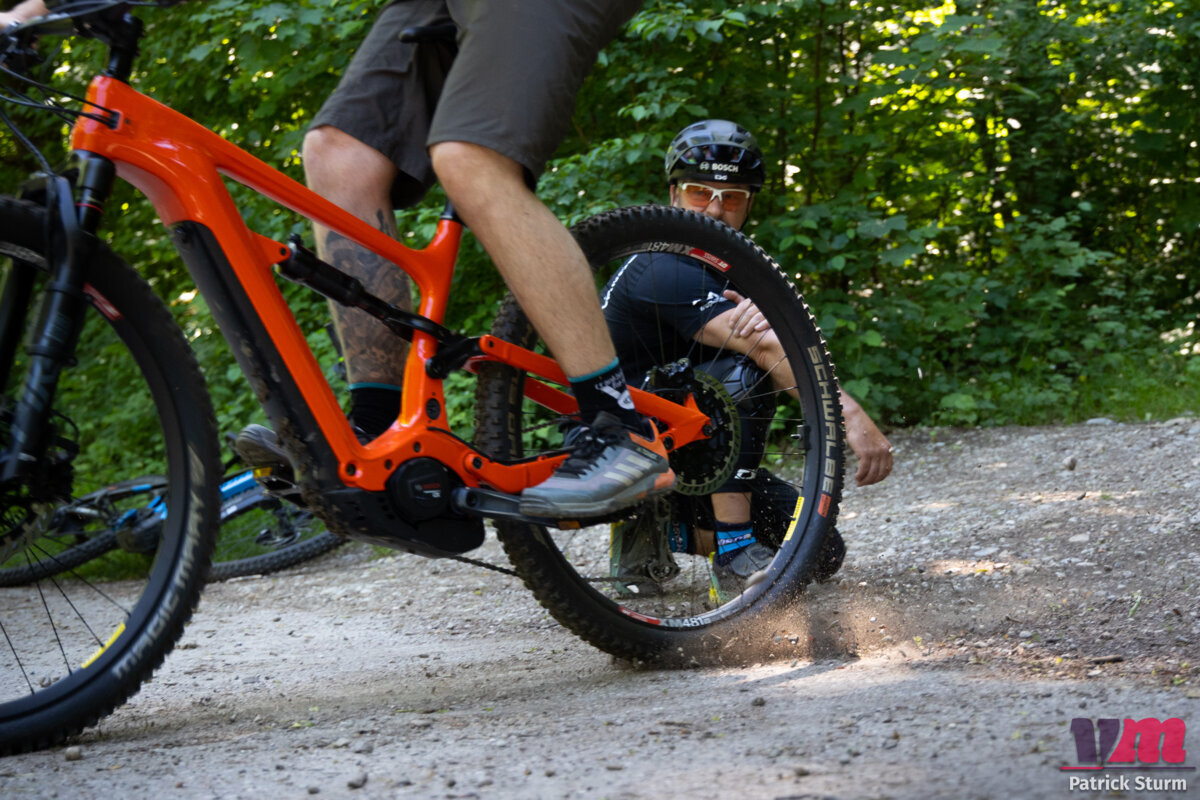

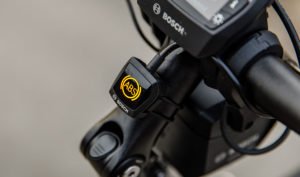
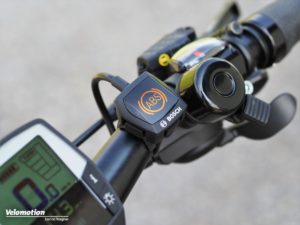
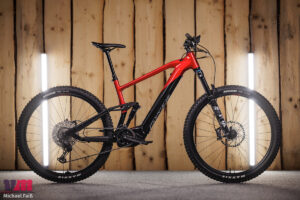
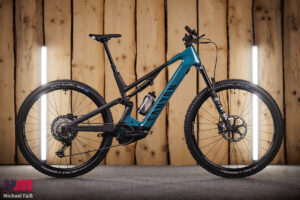
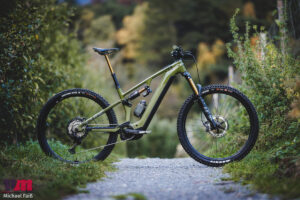
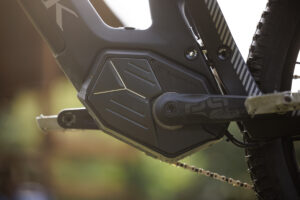
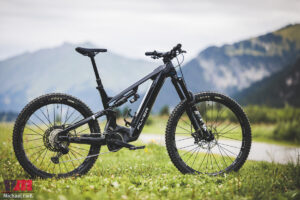
Schreibe einen Kommentar